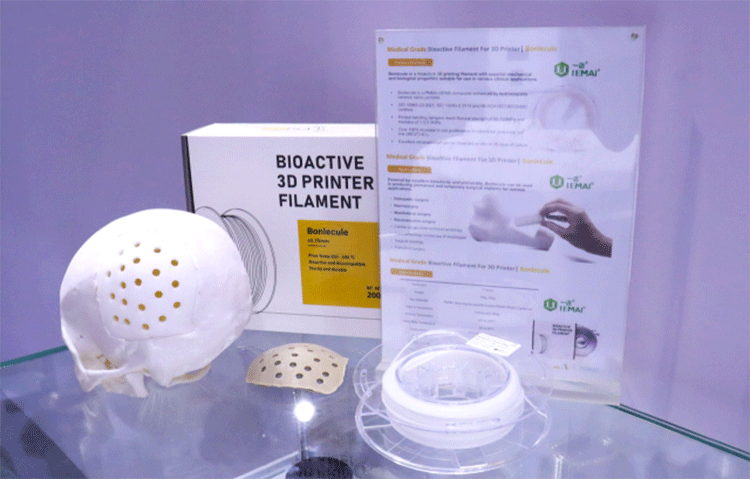
3D printing with high-performance PEEK materials is revolutionizing the medical industry. These advanced materials offer superior strength, durability, and biocompatibility, making them ideal for various medical applications. Here are some key applications of 3D printed PEEK in medicine:
- Patient-specific medical devices: 3D printing allows for the creation of custom-made medical devices tailored to individual patients’ needs, such as hip replacements, dental implants, and hearing aids.
- Complex geometries: PEEK’s high-temperature resistance and mechanical properties enable the production of complex geometries that traditional manufacturing methods cannot achieve, resulting in improved functionality and performance.
- Biomedical engineering: 3D printed PEEK is used in the development of artificial organs, tissue scaffolds, and other biomedical devices that promote tissue regeneration and healing.
- Surgical instruments: PEEK’s durability and biocompatibility make it an excellent material for creating surgical tools, such as scalpels, forceps, and retractors, which require high precision and strength.
- Custom prosthetics: 3D printing allows for the rapid production of custom-fit prosthetics, providing amputees with improved comfort, functionality, and overall quality of life.
- Drug delivery systems: PEEK can be used to create drug delivery devices that release medications slowly over time, improving therapeutic outcomes and reducing the need for frequent medication administration.
- Neural interfaces: 3D printed PEEK is being explored for use in neural interfaces, which enable seamless communication between the brain and electronic devices, paving the way for advanced prosthetics and brain-computer interfaces.
- Veterinary medicine: 3D printed PEEK is also used in veterinary medicine, creating custom-made implants and prosthetics for animals, improving their quality of life and overall health outcomes.
Overall, the use of 3D printed high-performance PEEK materials in medicine has the potential to transform healthcare, enabling the development of more effective, personalized, and cost-efficient treatments.
